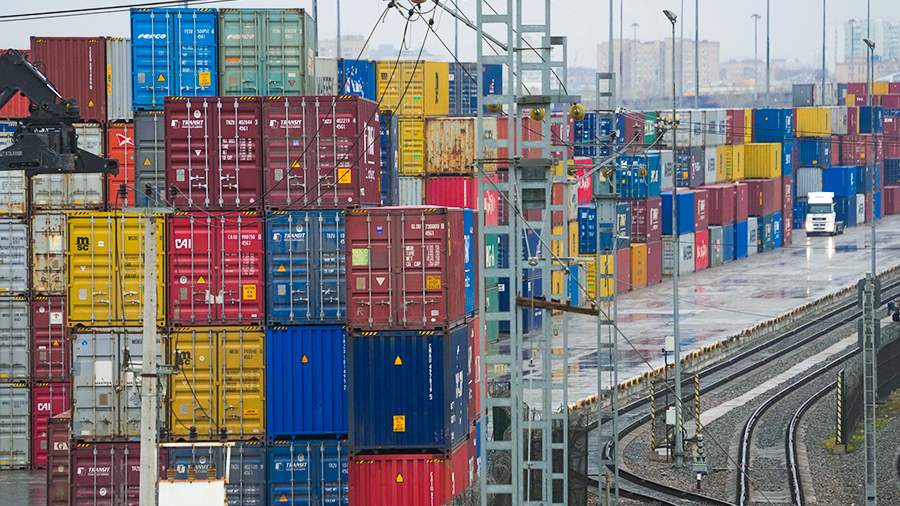
Trade between Russia and China is reshaping the logistics of Eurasia
According to a new review by the Eurasian Development Bank (EDB), the trade turnover between the Eurasian region and China increased by 16% to $277 billion based on the results of the first ten months of 2023. The report shows the significant expansion of trade with China by almost all EAEU countries, especially Russia. The increase in supplies has already had a noticeable impact on the structure of freight traffic in the region. However, the restructuring of routes seems to be just beginning. There are more and more initiatives for new logistics solutions, and investments in expanding trade and transport corridors are increasing. Kazakhstan can benefit from a situation where the existing infrastructure for stable supplies is no longer sufficient. Transit through the country continues to increase.
According to the new EDB review 'Eurasian Infrastructure: Short- and Medium-Term Trends' , in 2023, the Eurasian region (EAEU countries, Tajikistan and Uzbekistan) significantly increased trade with China. The report shows that in the first ten months of the year, the foreign trade turnover of the Eurasian region with China increased by 16% to $277 billion. This is a significant increase compared to the $267 billion recorded for the entire 2022. As anticipated, the Russian Federation compensated for the lost losses by sourcing supplies from China due to European sanctions. It is worth noting that, according to Chinese customs data, the trade turnover between China and Russia increased by 26% to $240 billion in 2023 ($190 billion in 2022).
This rapid expansion of trade with China has driven the restructuring of transport and logistics routes in the region, as noted by the EDB. The rise in foreign trade cargo flow in Russia through the Eastern range (which includes the Trans-Siberian Railway and the BAM) and the Far Eastern ports has resulted in high demand not only for these ports but also for the railway approaches and land railway checkpoints. The need to modernise this section became apparent due to the reorientation of Russian supplies towards China. It is assumed that the throughput capacity will significantly expand by 2035.
The report highlights the interest of key players, including Russia, China, Iran, India, Turkey, Pakistan, European countries and the United States, in the development of the Central Eurasian Corridor and the Trans-Caspian International Transport Route. The growth of investments in the development of routes is also recorded by analysts of the IMF and the World Bank.
Kazakhstan remains the main beneficiary of the region's increased trade turnover with China. Transit transportation through Kazakhstan increased by 19% to 24.8 million tons over the 11 months of 2023, according to the EDB estimates. In the coming years, it will be crucial to increase Kazakhstan's infrastructure capacity to attract investments. This includes constructing new railway lines to strengthen transit potential. The Bakhty-Ayagoz railway line is one of the most ambitious projects, with over 320 billion tenge (62 billion rubles) invested in its implementation since the end of last year. The EDB suggests that opening a third railway crossing on the border with China will increase capacity by 20 million tons. The route is expected to be used for transporting goods from China to the Russian Federation.
